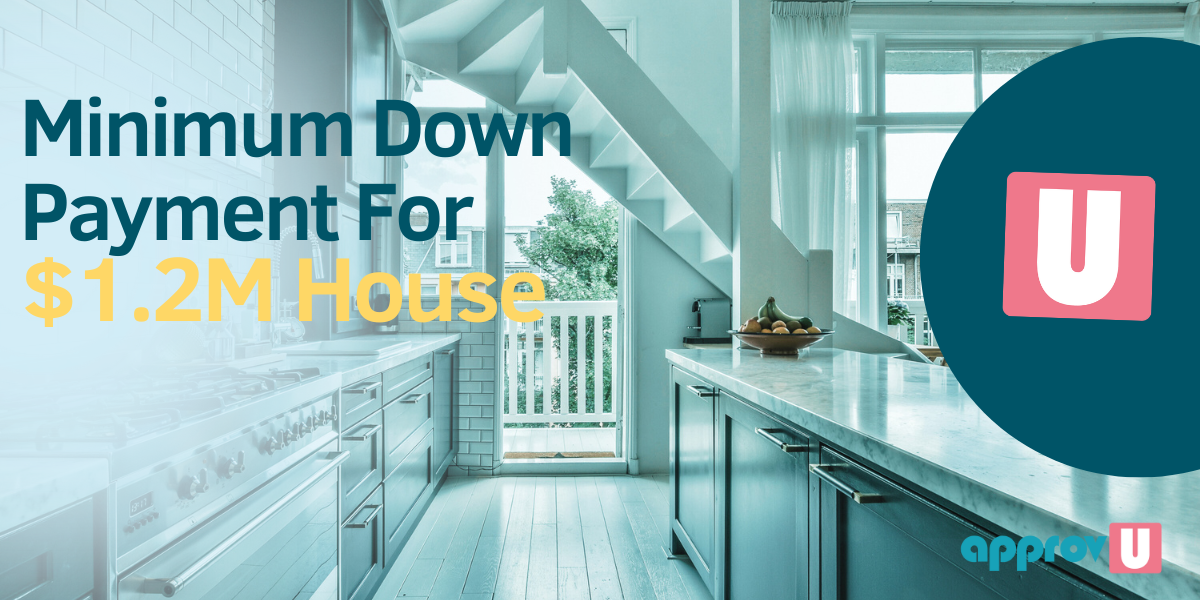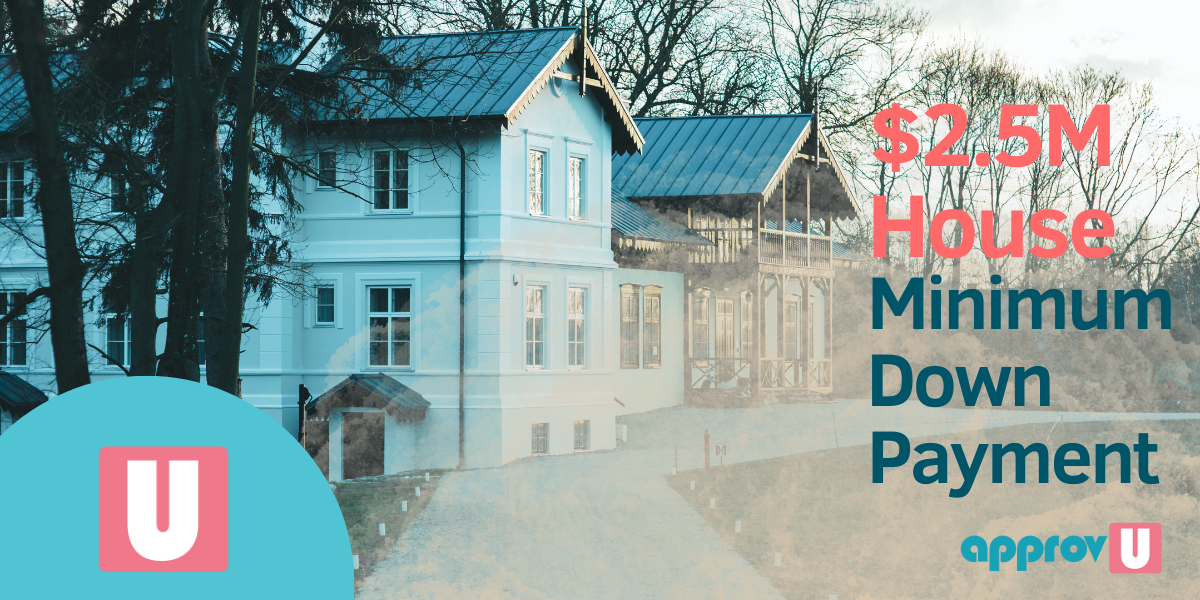The age of smart homes has well and truly dawned upon us.
As you walk through your home, adjusting the thermostat from your smartphone or asking your voice assistant for the day’s weather forecast, it’s evident that technology has seamlessly woven itself into our daily lives.
The convenience and efficiency that smart devices bring to your household are undeniable.
But with this evolution comes a responsibility to safeguard not only the gadgets that adorn your walls but the invisible, invaluable data they hold.
Imagine for a moment your personal conversations being overheard or even the thought of someone having unauthorized access to your daily routines, preferences, and habits.
Alarming, isn’t it?
These aren’t just scenes from a dystopian movie; they are real threats in the world of interconnected devices if not properly secured.
This is why it’s crucial for you to understand the significance of securing your smart devices.
It’s not just about protecting machines; it’s about preserving your privacy, your peace of mind, and the sanctity of your personal space.
As you read on, you’ll discover common vulnerabilities of smart homes and, more importantly, actionable tips to fortify your digital home against potential intruders.
Welcome to the essential guide on securing your smart home—where your safety and privacy take centre stage.
Understanding Smart Home Vulnerabilities
As you delve deeper into the realm of smart homes, it’s vital first to grasp where vulnerabilities lie.
Just like how every house has its weak spots – a creaky floorboard, a window that doesn’t shut quite right – your digital home, too, has its points of exposure.
Recognizing these can empower you to guard against threats.
The Diverse Range of Smart Devices
Your home probably houses many smart devices, each serving a unique purpose.
From the thermostat that fine-tunes your comfort to the refrigerator that alerts you when you’re out of milk, every device can be a potential gateway for prying eyes.
While the primary function of these gadgets is to make your life easier, they can inadvertently also make it easier for hackers if not properly managed.
Common Vulnerabilities
Every gadget you introduce into your smart home ecosystem can come with its own set of vulnerabilities.
Right out of the box, many devices have default settings meant for ease of setup, not necessarily for security.
Outdated firmware is another common issue; just as you wouldn’t wear last decade’s fashion without a little update, your devices shouldn’t run on old software.
An insecure network connection?
That’s akin to leaving your front door ajar, inviting trouble.
Potential Threats
The world of smart devices might feel like a cocoon of convenience for you, but for hackers and cybercriminals, it’s a playground.
They can exploit these vulnerabilities for various reasons, ranging from simply proving they can to spying, stealing personal data, or even orchestrating larger-scale attacks.
The very thought of an unknown entity turning your camera on without your knowledge or manipulating your home’s systems is chilling.
Essential Tips to Secure Your Smart Home
Diving into the solutions, let’s arm you with essential tools and strategies to fortify your smart home.
These measures aren’t just about setting up and forgetting; they’re about creating a continuous habit of vigilance and upkeep.
Change Default Passwords and Usernames
Out of the box, many smart devices come with generic usernames and passwords – like ‘admin’ or ‘password123’.
Seems convenient for a quick setup,
right?
But it’s equally convenient for a hacker.
Just as you wouldn’t keep the default alarm code for a new home security system, you shouldn’t retain default credentials.
Always personalize them to something unique and challenging to guess.
And while you’re at it, regularly update these credentials to keep potential intruders on their toes.
Regularly Update Firmware
Think of firmware as your device’s operating system.
Manufacturers often release updates for new features and to patch up security vulnerabilities.
Set a reminder for yourself to check for updates monthly.
Many devices offer automatic update settings; make sure you’ve activated this feature.
By ensuring your devices operate on the latest firmware, you’re effectively sealing any cracks that might have formed over time.
Secure Your Wi-Fi Network
Your Wi-Fi network is the central nervous system of your smart home.
A breach here can expose all connected devices.
So, how can you bolster its defences?
Start with a strong, unique password incorporating a mix of characters, numbers, and symbols.
Consider updating to WPA3 encryption if your router supports it; it’s the latest and most secure.
Also, setting up a guest network can keep visitors’ devices separate from your main network, adding an extra layer of security.
Disable Unnecessary Features
Many smart devices come loaded with features – some of which you might never use.
Each active feature is a potential entry point.
Dive into the settings of your gadgets and turn off functionalities you don’t utilize, be it voice control, remote access, or anything else that isn’t essential to your daily operations.
Use Two-Factor Authentication (2FA)
2FA is like a double-lock system for your digital doors.
It requires a password and a second form of verification – usually a code sent to your phone or email.
This means that even if a hacker gets your password, they’ll hit a wall without the second verification step.
Check if your smart devices or their associated apps offer 2FA; if they do, activate it.
Be Cautious with Third-Party Integrations
Integrating third-party apps or services can often enhance the functionality of your devices.
However, each addition is like adding a new window to your house – another potential entry point.
Vet each integration for its security reputation, and ensure you’re not granting more permissions than necessary.
Educate All Household Members
Your smart home’s security isn’t just in your hands; it’s a collective effort.
Ensure everyone in your household understands the importance of these measures.
Establish guidelines and ensure they know the basics, from not sharing passwords to recognizing phishing attempts.
Additional Precautions
As you delve deeper into smart home security beyond the foundational measures, another layer of precautions can further solidify your defence.
By adopting these advanced strategies, you’re defending against present threats and future-proofing your home against evolving challenges.
Regularly Review Device Permissions
Over time, it’s easy to accumulate apps and services that integrate with your smart devices.
These integrations often come with permissions, granting access to certain data or controls.
Make it a habit to review these permissions periodically.
Do all the apps really need the level of access they currently have?
Restricting permissions to only what’s essential minimizes potential vulnerabilities.
Consider a Dedicated Security Device
As the name suggests, these devices, like hardware firewalls or security gateways, are purpose-built to shield your network and connected devices.
They monitor incoming and outgoing traffic, block suspicious activities, and often come with advanced features like VPN support or intrusion detection.
If you’re heavily invested in a smart home setup, consider adding such a dedicated device to your arsenal.
Monitor Regularly
Vigilance is a cornerstone of security.
Incorporate monitoring tools and apps to send you real-time alerts for unusual activities.
From unexpected device logins to unauthorized access attempts, being promptly informed allows you to act swiftly.
Furthermore, review logs periodically.
While it might seem like sifting through a haystack at times, spotting and understanding anomalies can provide invaluable insights into potential threats.
The Future of Smart Home Security
As you venture further into the realm of smart homes, it’s equally important to look forward to anticipating threats and harnessing emerging technologies that fortify your defences.
Your journey in building a resilient smart home doesn’t end with the current tools and strategies; it evolves with the times.
Upcoming Security Features and Technologies
The tech world is ever-evolving, and new security features are continually being developed.
Biometric authentication, like facial recognition or fingerprint scans, goes from smartphones to smart homes.
Soon, you might find your home recognizing you—not just through a passcode but by your very presence.
Advanced encryption methods, decentralized data storage, and machine learning-driven threat detection are some other horizons in the near future.
Staying abreast of these advancements ensures that your home remains at the cutting edge of safety.
The Ongoing Relationship Between Innovation and Security
Innovation, by its very nature, often outpaces security.
New features are developed for convenience, entertainment, or efficiency; sometimes, their security implications are an afterthought.
However, this dynamic is shifting.
As consumers like yourself demand better protection, companies are being prompted to integrate security from the inception of a product, not just as an addition.
This means that tomorrow’s smart devices will likely be designed with security at their core.
The Role of User Awareness and Education
Hardware and software can provide robust security layers, but the most crucial component in this system is you.
As the world of smart homes grows, so does the need for user awareness and education.
From recognizing phishing scams to understanding the implications of permissions, your knowledge is your first line of defence.
Platforms, communities, and courses dedicated to smart home security education will become increasingly prevalent.
Investing in your understanding today will serve you well in the rapidly evolving landscape of tomorrow.
Conclusion
With all its conveniences and innovations, the world of smart homes offers a glimpse into the future—one where technology is deeply interwoven into the fabric of daily living.
But with this integration comes responsibility.
Your home, a place of solace and sanctuary, must be guarded not just from tangible threats but digital ones as well.
The devices that dutifully serve you, from lighting up rooms to playing your favourite tunes, also hold the keys to your privacy and data.
By now, you’ve equipped yourself with knowledge and strategies, from the foundational to the advanced, ensuring your smart home stands as a fortress against any cyber threat.
You’ve learned about the vulnerabilities, understood the importance of regular monitoring, and peeked into the future of home security.
But remember, security isn’t a destination—it’s an ongoing journey. The landscape of threats will evolve, and so will your strategies.
















